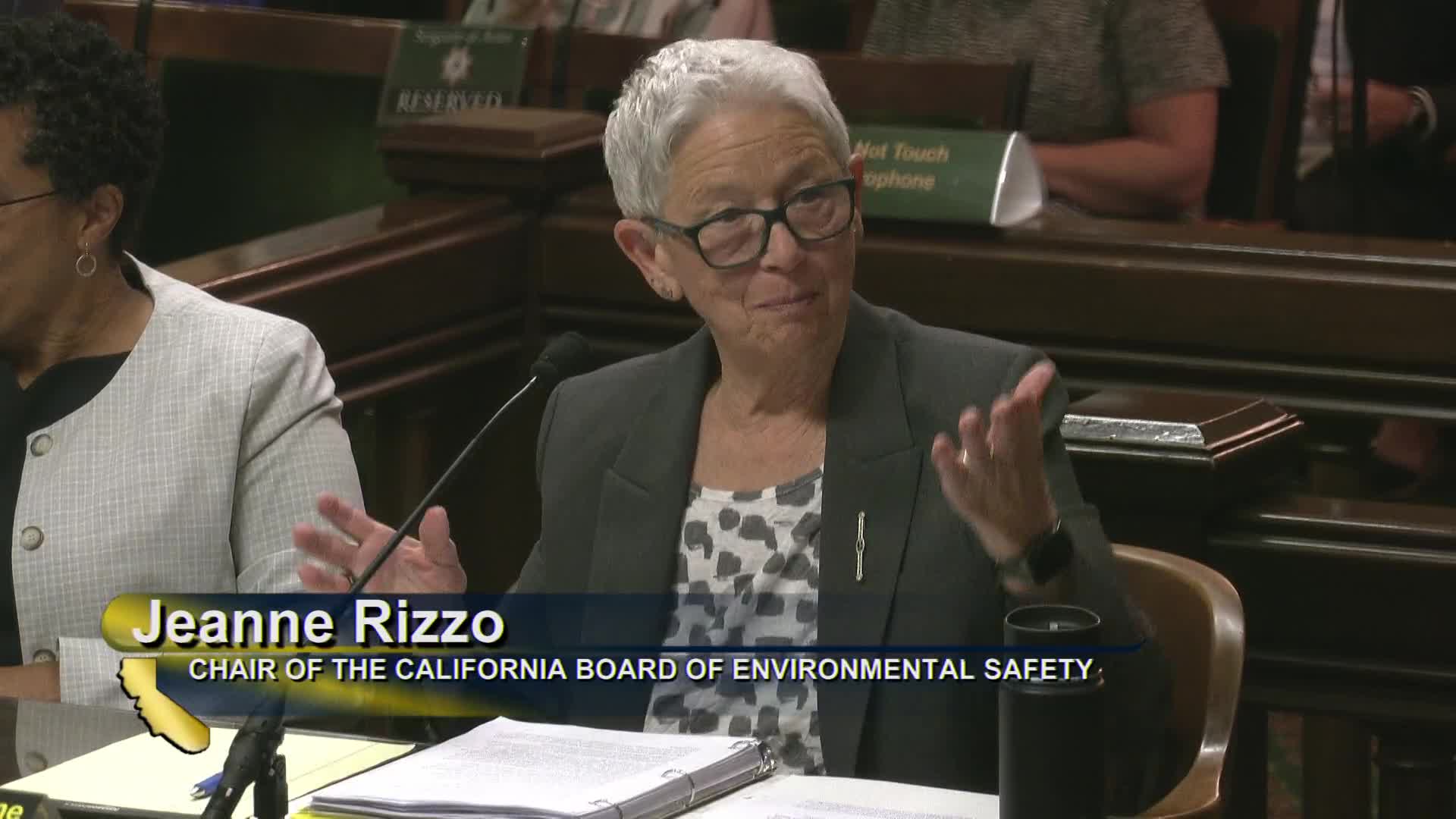California board tackles environmental justice and toxic legacy
August 13, 2024 | California State Assembly, House, Legislative, California

This article was created by AI summarizing key points discussed. AI makes mistakes, so for full details and context, please refer to the video of the full meeting. Please report any errors so we can fix them. Report an error »

During a recent government meeting, members of the Board of Environmental Safety provided updates on the implementation of Senate Bill 158, which aims to enhance environmental health and justice in California. The meeting featured remarks from board members, including Vice Chair Alexis Hacker and newly appointed member Ingrid Brostrom, who emphasized the importance of community engagement and transparency in their work.
The board's mission is rooted in addressing the historical toxic legacy affecting vulnerable communities across the state. They prioritize direct interactions with these communities, environmental justice advocates, and regulated businesses to foster compliance and innovation in environmental practices. The board highlighted the significance of their tours and meetings, which aim to gather insights and feedback from those most impacted by environmental issues.
In her address, a board member noted the progress made over the past two years, citing increased community engagement and support from the government. However, she acknowledged ongoing challenges, particularly the disproportionate impacts faced by marginalized groups, and called for continued and potentially expanded support from government officials.
The board's structure includes various subcommittees focused on critical areas such as fee setting, performance metrics, and hazardous waste management. They reported an average attendance of 150 participants at their meetings, which are designed to be accessible and inclusive, featuring hybrid formats and translation services.
As the board continues its work, it aims to address key priorities, including the hazardous waste management plan and the fee-setting process, which are of particular interest to stakeholders. The discussions reflect a commitment to improving environmental health and justice in California, with an emphasis on collaboration and community involvement.
The board's mission is rooted in addressing the historical toxic legacy affecting vulnerable communities across the state. They prioritize direct interactions with these communities, environmental justice advocates, and regulated businesses to foster compliance and innovation in environmental practices. The board highlighted the significance of their tours and meetings, which aim to gather insights and feedback from those most impacted by environmental issues.
In her address, a board member noted the progress made over the past two years, citing increased community engagement and support from the government. However, she acknowledged ongoing challenges, particularly the disproportionate impacts faced by marginalized groups, and called for continued and potentially expanded support from government officials.
The board's structure includes various subcommittees focused on critical areas such as fee setting, performance metrics, and hazardous waste management. They reported an average attendance of 150 participants at their meetings, which are designed to be accessible and inclusive, featuring hybrid formats and translation services.
As the board continues its work, it aims to address key priorities, including the hazardous waste management plan and the fee-setting process, which are of particular interest to stakeholders. The discussions reflect a commitment to improving environmental health and justice in California, with an emphasis on collaboration and community involvement.
View full meeting
This article is based on a recent meeting—watch the full video and explore the complete transcript for deeper insights into the discussion.
View full meeting
